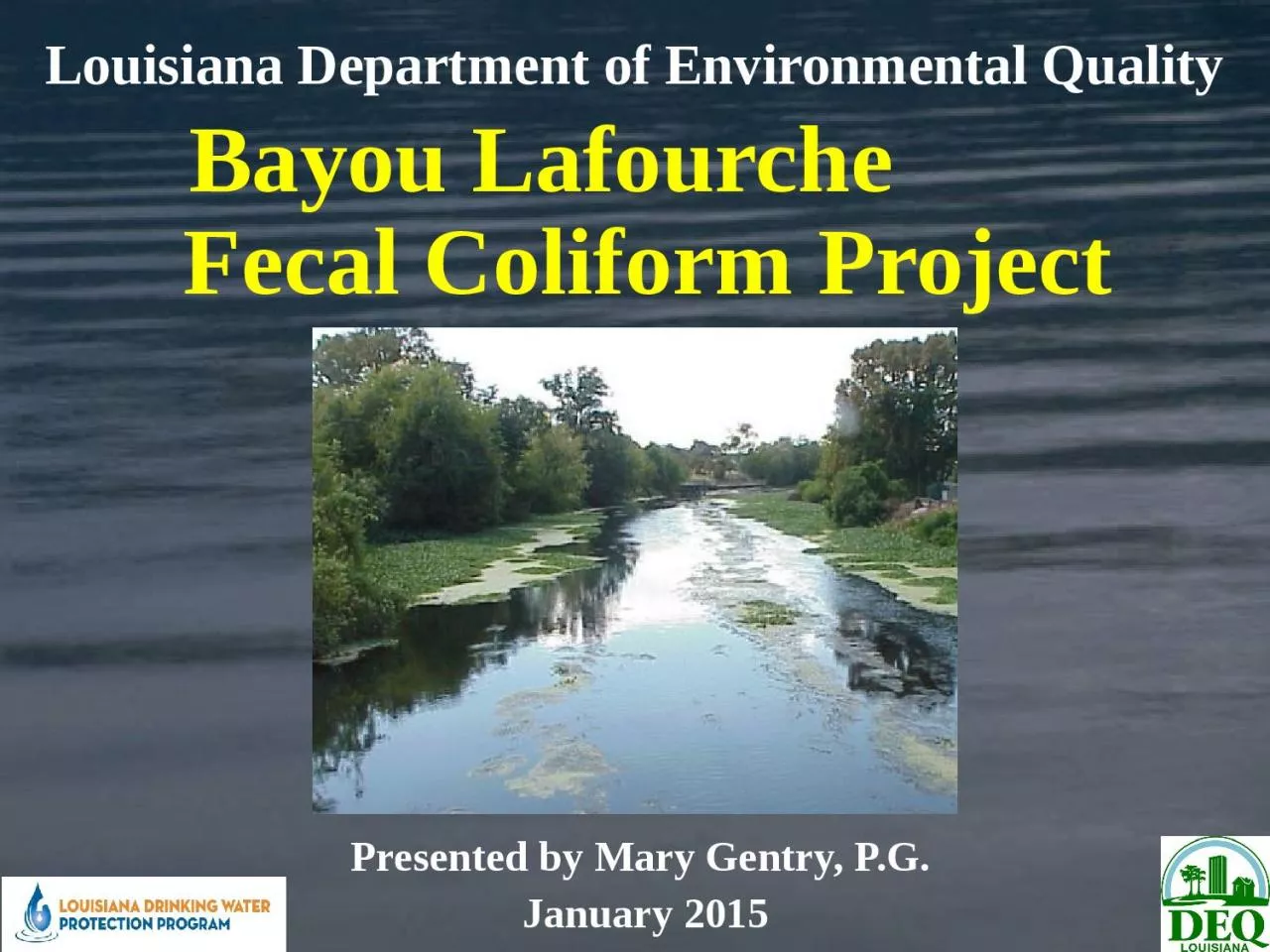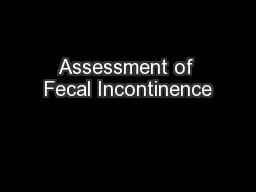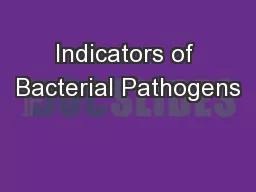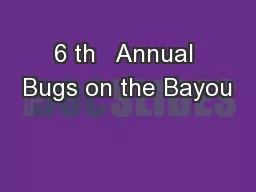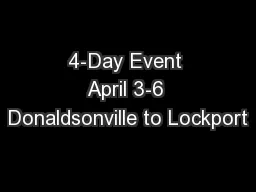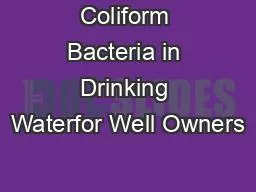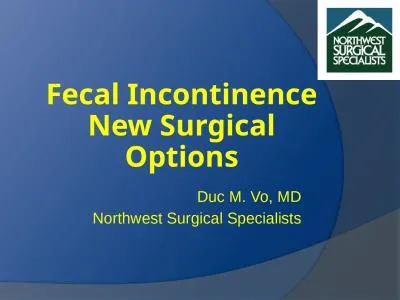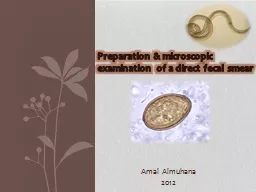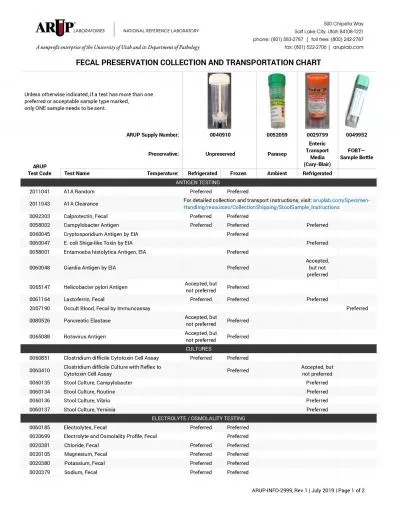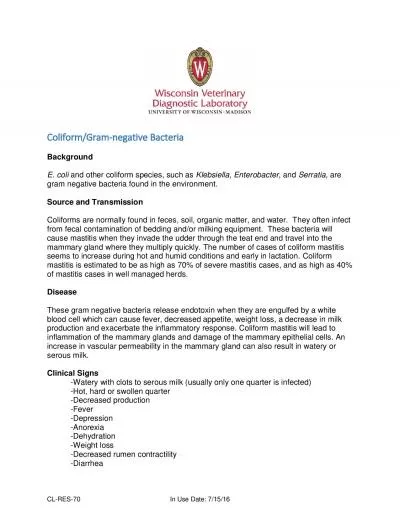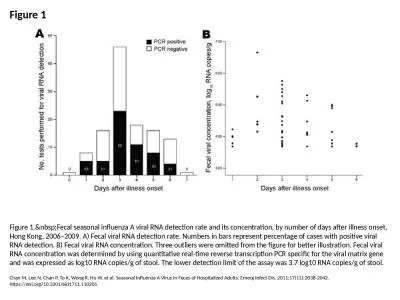PPT-Bayou Lafourche Fecal Coliform Project
Author : SocialButterfly | Published Date : 2022-07-28
Presented by Mary Gentry PG January 2015 Louisiana Department of Environmental Quality The Problem Federal Clean Water Act all states must identify water bodies
Presentation Embed Code
Download Presentation
Download Presentation The PPT/PDF document "Bayou Lafourche Fecal Coliform Pr..." is the property of its rightful owner. Permission is granted to download and print the materials on this website for personal, non-commercial use only, and to display it on your personal computer provided you do not modify the materials and that you retain all copyright notices contained in the materials. By downloading content from our website, you accept the terms of this agreement.
Bayou Lafourche Fecal Coliform Project: Transcript
Download Rules Of Document
"Bayou Lafourche Fecal Coliform Project"The content belongs to its owner. You may download and print it for personal use, without modification, and keep all copyright notices. By downloading, you agree to these terms.
Related Documents

